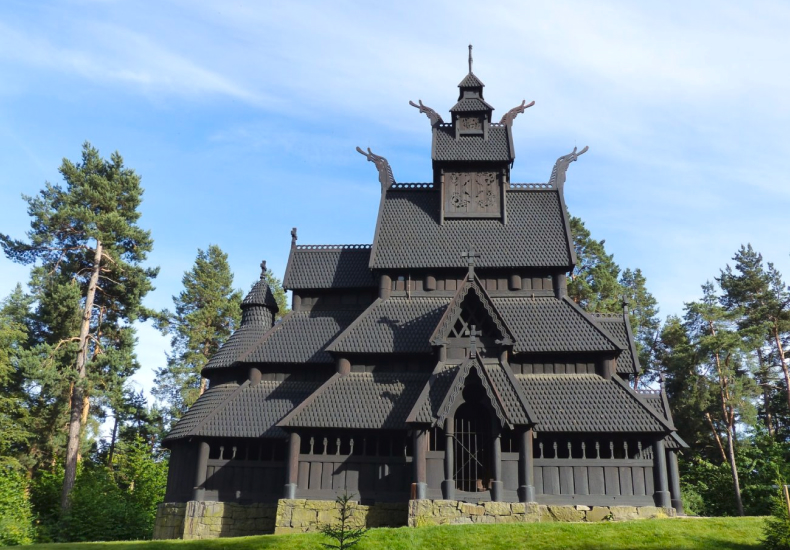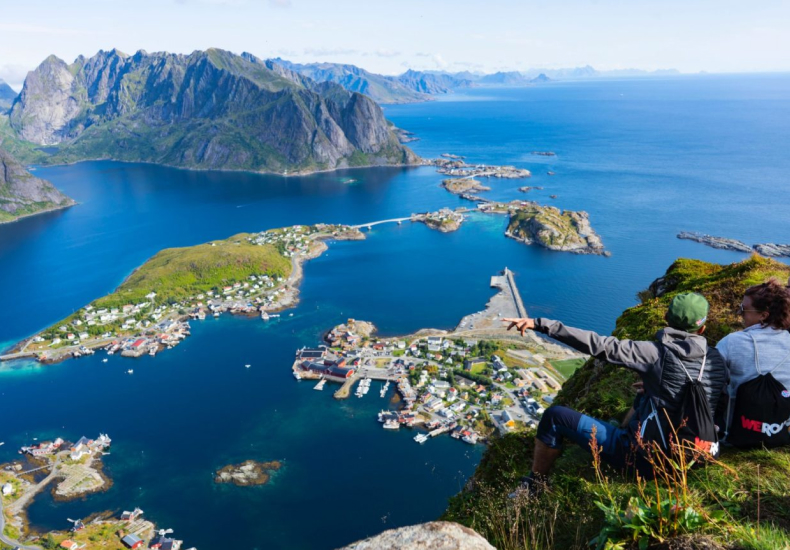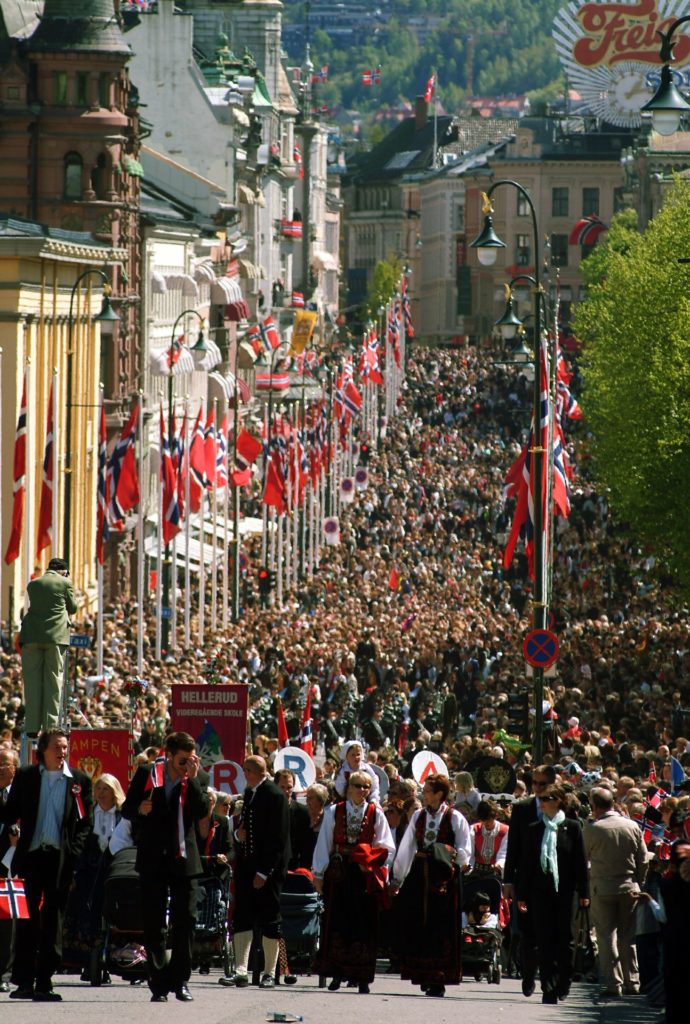Norway – home of slow TV, mountain hiking an techy wearables?
Dato
Kategori
- Aktuelt

With this reinvigoration of the deal comes great promise of future collaborations, which will make a meaningful difference to brands seeking a position in the Norwegian market. A market full of surprises and an audience connected like no other.
The Scandinavian market and target audience is often seen as one. But for those of you who have researched it more or for those of you who have launched their brands here, it is well known that this isn’t quite the whole truth. Norwegians, Swedes and Danes share a lot of similarities, and a close friendship, both politically and culturally. A strong connection and shared heritage. We even speak the same language. But there are some major differences in consumer behavior, culture and mindset.
We won’t even start calling ourselves experts in the Swedish and Danish market, so we’ll let our loving neighbors tell their own stories, if they want to. But if you have the time, dear reader, sit down and let us tell you a bit about our market and consumers. Not a truly deep dive in, but maybe some things that might actually pique your interest. Let’s do this.

The Norwegians. The original Vikings ruling the oceans (sorry, Denmark). Those frostbitten, reserved people way up north. Those wool-wearing people who eat those absurdly strange dishes, like lutefisk and Smalahove. More accurate description; jelly-like cod pickled in lye and sheep heads on your plate, with teeth, eyes and all. Yes, we know… so maybe we’re sometimes a bit over the top creative and old fashioned when it comes to our traditional foods, but the Norwegian market is way up there when it comes to modern trends. We love to spend our money on quality products. And we love being first in line when it comes to technology. And, we’ve got money to burn.
Norwegians are, as you might have heard, a very active people. We love exploring and staying fit. Norway is surrounded by magical natural scenery, even in the biggest cities. Most of us just can’t get enough of the outdoors, summer and winter alike. We buy expensive, quality sports products and outdoor gear, to both keep us warm and look good, and Norwegians actually represent 20 % of global cross-country ski sales.
And that is with a total Norwegian population of just about 5,5 million… In a country roughly the same size as Germany with its 82 million people. So… we have enough free space to hike in and explore, to say the least.

We love nature. It’s in our culture and in our blood. And most of us are born with skis on our feet, rumor says. Fact is that 80 % have been hiking in forests or mountains the last year. No wonder Norway has won more gold medals in the Winter Olympics than any other nation. Quite annoying for the Swedes!
Nature in Norway belongs to everyone – this is written by law. We have 1 million privately owned boats and 450 000 cabins, our second homes in the mountains and by the sea. And now recently, cabin sales have gone through the roof because of Covid-19. And it isn’t just city slickers who buy cabins. Even Norwegians who live in the mountains own a cabin, in the mountains. Yep, it’s true. It’s just the way it is and has always been.

We need our breaks from daily life and everyday stress. We need our “hygge”. And the cabin is the place we get our heads back on straight. Our national hiking organization DNT has more than 300 000 members and increasing – also among the younger generation, where sustainability is the trend and has been on the rise for many years. We are not expecting it to stop. Norway has a green soul, and more and more people see the need to keep it that way.
Green politics have been on the uprise for a long time. Right now, some of the main political parties are basically transforming Oslo from being a quite car friendly city to live in, to completely trying to wipe cars of the map. Removing parking space, both in urban and suburban Oslo, and basically forcing people to think and act differently. So, transporting yourself by foot, bike and public transport is most definitively the future. This trend is also growing in other cities and smaller places in Norway.
With all the strict laws and regulations regarding sustainability and taking extra care of our environment, comes change. One of the most visual changes are all the electric cars suddenly roaming around Norway. Actually, you might not believe this, but 50 % of all new car sales are electric vehicles. We have the most Tesla’s per capita in the world.
Companies want to be perceived as sustainable and nature-focused, without the transparent and poorly marketed greenwashing. They really want to change for the better, and many do. If you don’t, you´re out. If you fake it, people notice.

This is reflected in “green” architecture as well. Oslo has the past 10 years become an architect´s playground, with an exciting and fast pace urban development, including new national museums and meeting places.
Younger Norwegians are early adaptors and tech-savvy. We love our gadgets, wearables and quality tech equipment. We are always online and can’t really exist without our smart phones, even though we like to think we try. Our cabins have wi-fi. Or at least 4G. We need to connect and be connected.
Many people traveling to Norway say that Norwegians are cold and reserved. We don’t go around smiling to strangers or even talking to them, especially on public transport. Some people even find us rude and impolite. And, “the Norwegian arm” is a well-known term (look it up!). But this is simply not the case and is misunderstood by many. It’s just a cultural thing. We keep our distance because we don’t want to bother people unnecessarily. We just don’t ask for help unless we really feel we need to. To us, this is what being polite and friendly is. But if you get to know us, like really know us, you are quickly like family to us.
Even when it comes to home improvements we stand out. We love refurbishing! We love painting our homes, on the inside and on the outside. There is something about reinventing ourselves and renewing our life that gives Norwegians immense pleasure. 40 % of us do some renovations and home improvements annually. Maybe quite natural since the Northern climate makes the home an important sphere. And not just homes. We also take great pride in taking care of ourselves, our skin, our body, our hair and our clothing.
In media we might have been late to the party in the past. Especially when it comes to TV. We had one channel until the beginning of the 1980s. NRK, the state driven conglomerate, ruled the nation. In many ways it still does with its high ratings and high standing in both radio, internet and TV. NRK was not long ago the first big TV-channel to officially introduce “slow TV”, showing an ordinary event in its full length. Like a full train ride from A to B, minute by minute. Exciting, right? Well, for Norwegians it was. A big success, resulting in even more bizarre slow TV concepts, like watching a clock being built for 24 hours.

If you are still here, dear reader, let’s just quickly give you some last input… No-one celebrates their National Day, 17th of May, like Norwegians. The entire Easter week, Norway is almost evacuated, into the mountains skiing. Besides oil & gas, fish is our largest export article. And we LOVE Eurovision Song Contest!
To sum up, Norway is a really exciting market for brands to operate in, and also quite different than you might have thought.
At Involve PR & Advertising we really look forward to collaborating even closer with the global Havas network, deep dive into the vast insights and tools, and build tighter international relationships with experts, figuring out together how to build brands and make meaningful differences.
